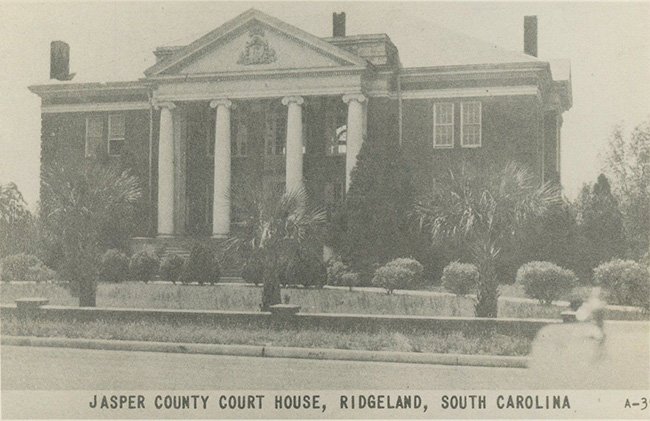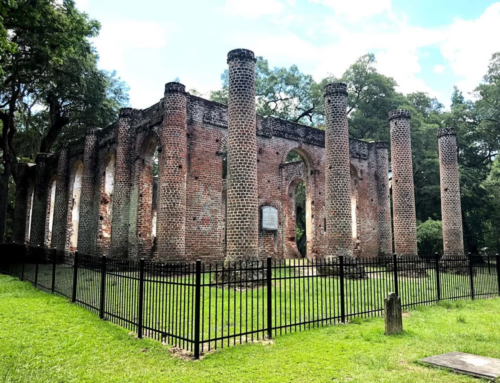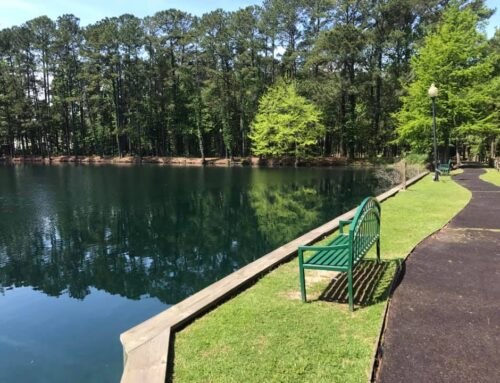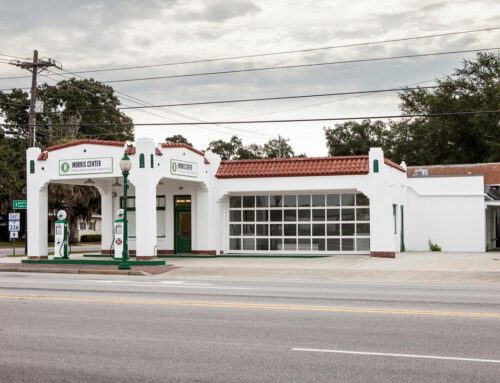If you or someone in your family is into history, Jasper County, South Carolina, is the perfect place to visit. From Civil War artifacts to evidence of the rice culture to plantations from the early 1900’s, our communities are full of rich history and fascinating points of interest for you to discover.
Although Jasper County is one of the younger counties in South Carolina – 44th to be formed out of 46 – major events happened here, shaping the way for the culture that exists today. Prior to 1912, the area that is now known as Jasper County was a part of Beaufort and Hampton Counties.
Stop by the massive Jasper County Courthouse, which is listed on the National Register of Historic Places. It has been the first and only center of county government since it was built in 1915. Ridgeland, the county seat, lies in the center of the county.
The Pratt Memorial Library, also in Ridgeland, is another significant stop, both for what it houses and for its exterior. Inside, the walls are lined with more than 200 portraits and maps relating to Lowcountry history. Approximately 250 rare books tell the history of the area, and archeological artifacts are displayed throughout. Outside, the building is adorned by a beautiful garden designed by nationally-renowned landscape architect Richard K. Webel. It was Webel’s wife who donated the building to the people of Jasper County in memory of her late husband, Frederic R. Pratt. The building was formerly a part of the Ridgeland Elementary School, built in the 1920’s.
The Church of the Holy Trinity is another beautiful and interesting location. The Episcopal Church was spared on General Sherman’s march through the area simply because it had been used as a headquarters for Federal troops during the Civil War. Built at Grahamville in 1855, the church now has a recently-refurbished interior. However, a more modern parish house nearby simulates the Gothic design of the church building. The church Bible, said to be stolen during the Civil War, was returned to Grahamville in 1928. It was discovered by a New York music publisher in an attic.
While you’re in the area, stop by the tomb of one of South Carolina’s finest sons, Thomas Heyward, Jr. Heyward died in 1809 and was most famous as a signer of the Declaration of Independence. He did it all – he was a member of the South Carolina Bar, a statesman, a circuit court judge, and a founder and the first president of the Agricultural Society of South Carolina. When he was named a delegate to the Continental Congress in 1776, he wasn’t even 30 years old. His burial site is across the creek from White Hall Plantation, where Heyward lived. A half-mile-long lane of towering live oaks leads from Highway 462 to the family cemetery where the State of South Carolina erected a monument and bust of Heyward in 1920.
If you’re into trains, the Argent Steam Engine in Hardeeville is a great place to stop and explore. “Old Number 7” stands as a reminder of the infamous turn-of-the-century railroading days. Restored and preserved at 36 Main Street (Highway 46), next to Hardeeville’s town hall, the locomotive was once a workhorse of the Argent Lumber Company operating in Hardeeville. The steam engine is a 1910 model Porter, which had a top speed of 35 mph empty, or 15 mph fully loaded.
Read all about many other historical landmarks in Jasper County – including the Lowcountry Visitor’s Center & Museum, the Morris Center for Lowcountry Heritage, and our very own Chamber of Commerce Museum & Visitors’ Center – on our website here.






